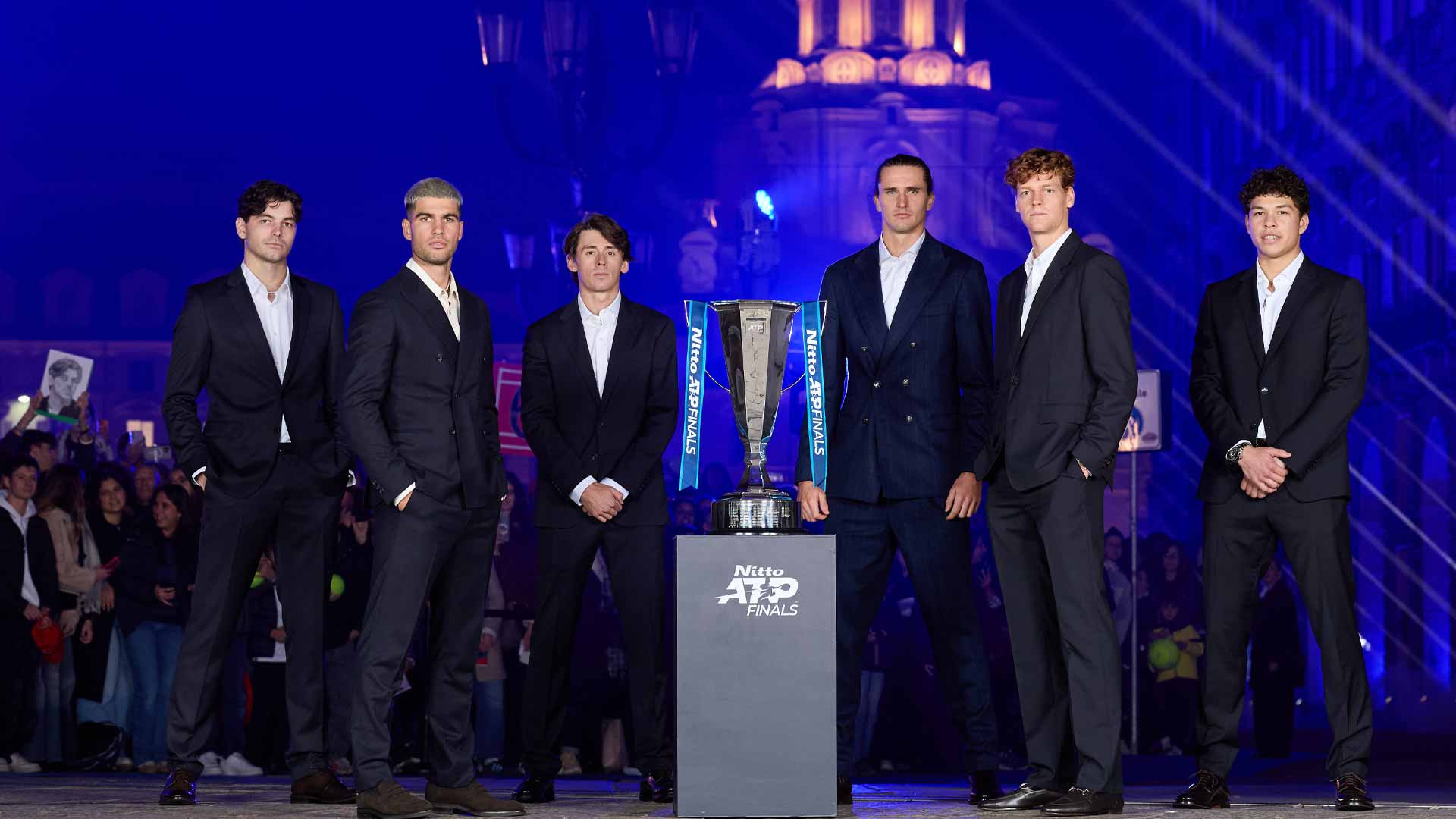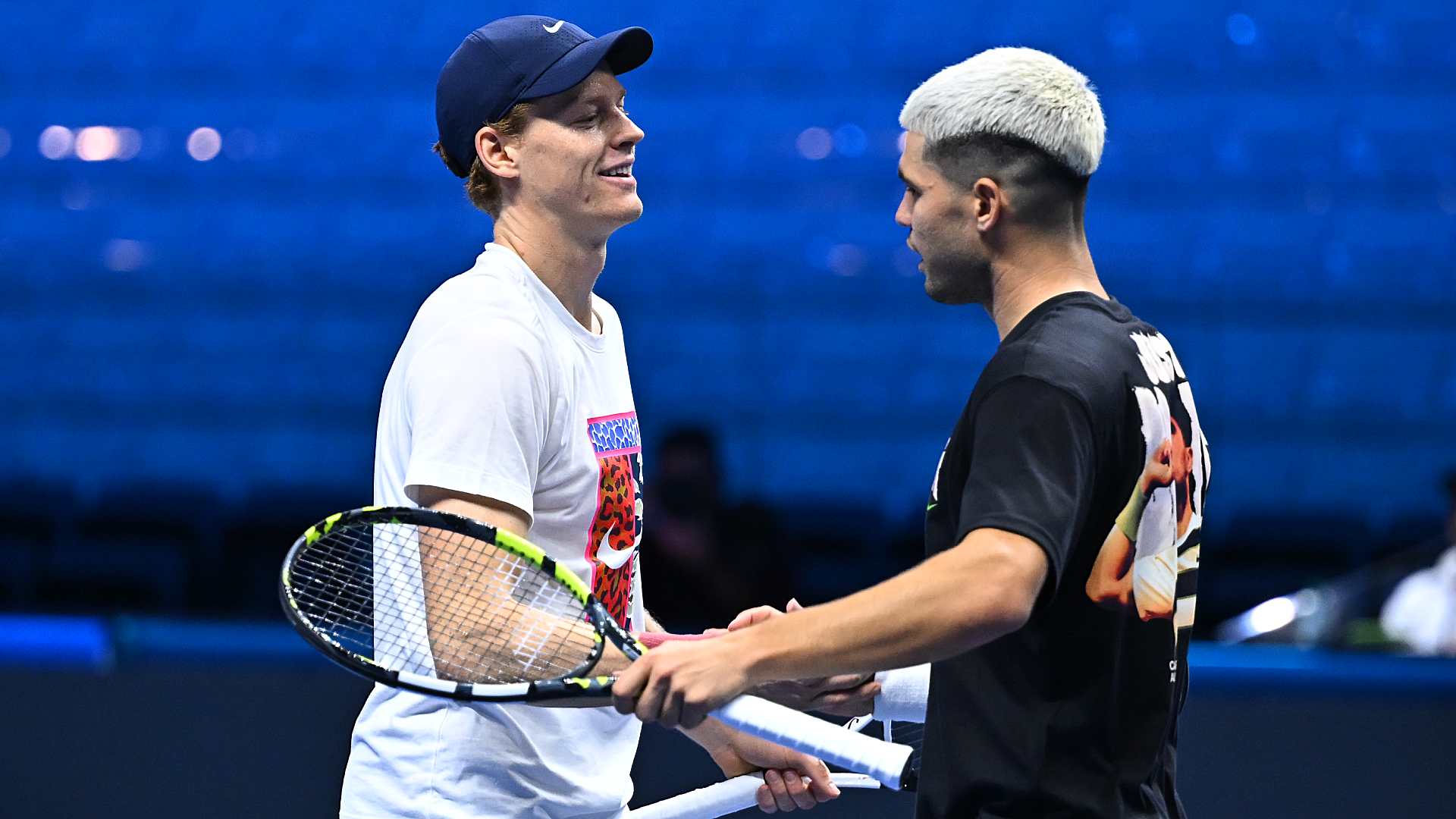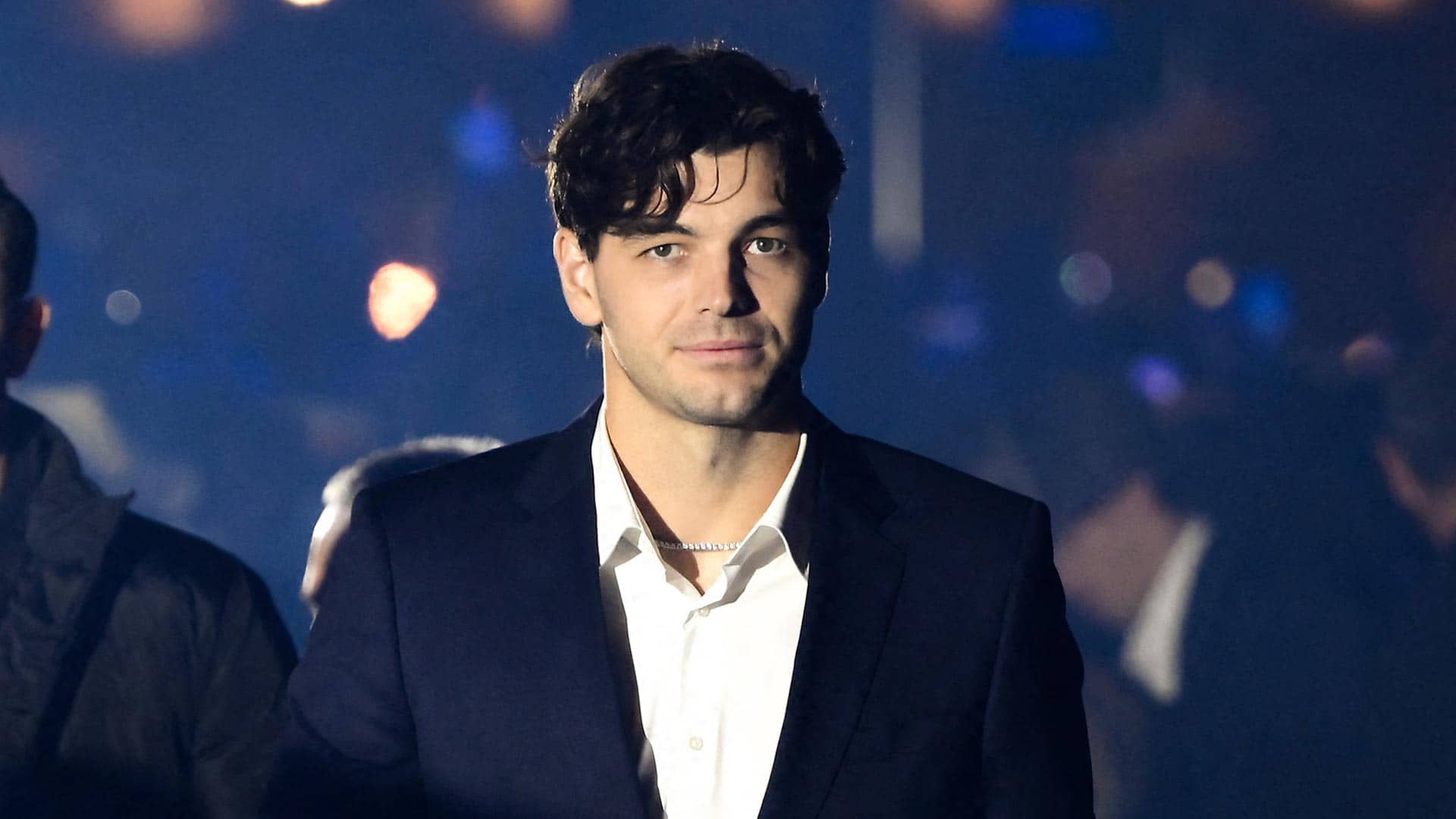In the hush following his final baseline duel at the Paris Olympics,
Andy Murray has traded the roar of packed stadiums for the whisper of wind across manicured greens. The former world No. 1, whose career etched three Grand Slams into history, now grips irons with the same deliberate focus that once dismantled top-10 serves. At 38, retirement has unlocked a new rhythm, one of measured swings and patient putts, as he immerses himself in golf's strategic embrace.
From Olympic clay to Wentworth's eagle
Murray's shift unfolded with quiet momentum, his post-tennis days filled with rounds that echo the tactical patience of his court days. He eagled the 18th at Wentworth's pro-am before the BMW PGA Championship, a clutch finish that hinted at the precision once reserved for down-the-line passes. With a 2 handicap, he's grinding toward scratch status, each practice session a nod to the endless drills that sharpened his one–two punch on hard courts and grass alike.
The solitude of the fairway suits him, a far cry from the electric tension of Wimbledon's Centre Court, where crowd murmurs amplified every crosscourt rally. Yet the mental edge remains, honed through years of dissecting opponents' patterns—now applied to reading greens and navigating bunkers with the same foresight that turned defensive lobs into winners.
"I don't have ambitions of playing in The Open, but I want to try and play in like the regional qualifying at some stage," Murray said.
Qualifying's allure amid pro-am shadows
Regional qualifying for The Open spans 15 locations across Britain and Ireland, welcoming any scratch or better amateur or professional, with top performers advancing to final trials for a major spot. Murray sees it as a playful test, inspired by friends who've teed off in those fields, rather than a bid for the claret jug itself. He knows the gap well—even plus-2 or 3 handicappers lag behind the pros' effortless command, much like how a single lapse in a 1–2 exchange could shift a tennis set's momentum.
This pursuit mirrors his underdog ethos, where tactical adjustments on clay—slicing underspin to disrupt aggressive returns—find parallels in golf's calculated recoveries from rough. The broader sports pulse quickens with similar tales of grit:
Draper (arm injury) to miss rest of tennis season, a setback that recalls Murray's own battles with physical frailty;
Scheffler adjusts Ryder Cup prep after sting of '23, transforming defeat into refined strategy;
Hatton reveals wild party after making Ryder Cup, capturing the raw joy of breakthrough amid the grind.
Timeline builds toward humble contention
Not rushing the calendar, Murray targets entry in two years, allowing time to lower his handicap without the haste that shadowed his later tennis campaigns. "No, not next year, the following year," he added, envisioning a level where he can compete without undue embarrassment, much as he once embraced the unknown in inside-out forehands that wrong-footed rivals.
The Open's windswept links hold a poetic pull, their historic weight a canvas for his evolving story—from the high-stakes tempo of Grand Slam draws to golf's contemplative cadence. As he navigates this pivot, the fairways ahead promise a fresh arena for his unyielding spirit, where every swing carries the echo of past triumphs and the thrill of uncharted challenges.



